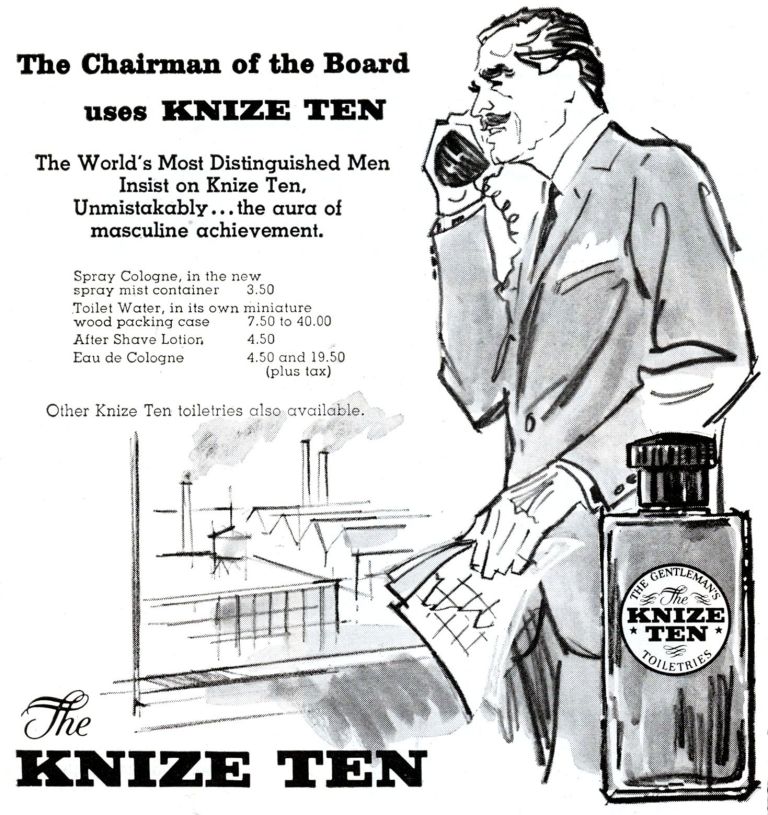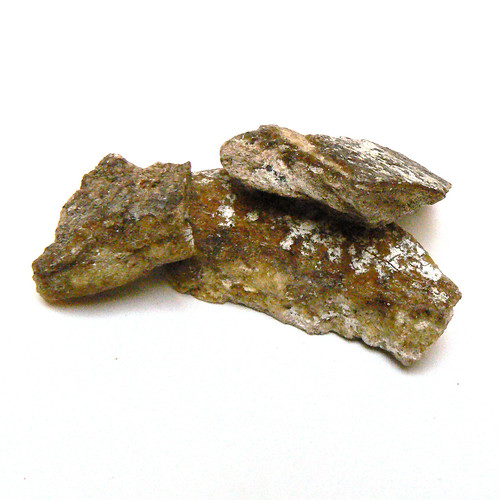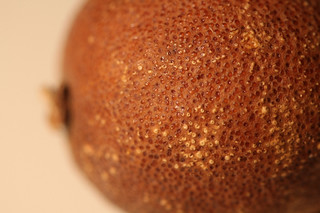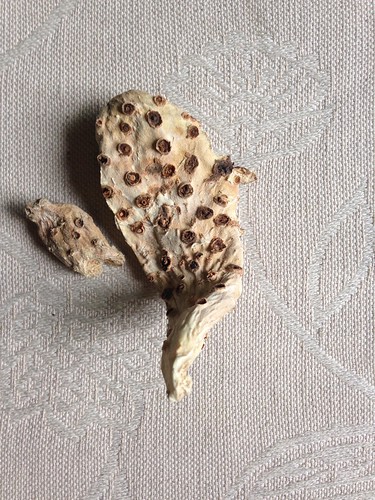
The challenge of some raw materials is that they might be rather unpleasant in their original state. At best, they lack any aroma and depth whatsoever. The cure for that lies in a process called curing (pun intended). Curing takes many shapes and forms. Sometimes the process is long and at times it's rather short. Either way, the results are nothing short of magic that tantalizes the palate and the olfactory bulbs!
We've all heard of curing meats and tobacco leaves, and it's common knowledge that wine gets better with age. But the culinary world is not the only one that benefits from time and fermentation. For some fragrant crops, growing and harvesting them is only a tiny portion of the process to make them edible, smellable or worth any mention at all. The starting material may be extremely stinky, bitter, astringent, or just plain flavourless at best. The processes by which the desired result is achieved is usually referred to as "curing" or "aging". It ranges from a few days, weeks or months and up to several years. The extra time and care that is invested in those crops makes all the difference in the world. And this will be evident and felt in the raw material itself as well as the finished product where it will be used - in our case, perfume.
Several aromatic botanicals used in perfumery require a fair amount of processing before being used (or extracted). For example: vanilla beans must be left in the sun to cure to bring out the vanillin; patchouli leaves must be dried and matured for quite some time to improve their scent; and iris rhizomes must be peeled, dried and stored for 3 years before they are extracted to produce orris butter. Let's explore some of these unusual raw materials in more detail, as they specifically relate to the world of perfume and aromatics:
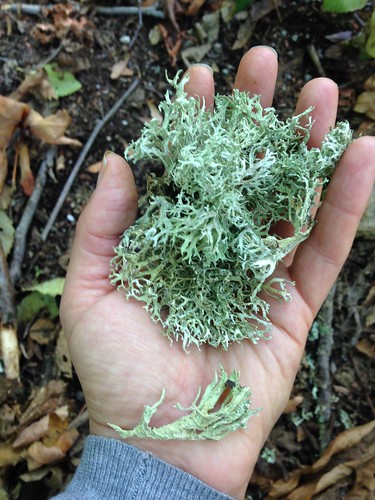 Oakmoss
Oakmoss (Evernia prunastri) actually is a lichen native to former Yugoslavia, and which also grows in the rainforests of the Pacific Northwest. You may know it under the name Antlered Perfum; however, it is practically odourless when found fallen on the forest floor. Once placed in hot alcohol, and undergoes a process of extraction - a fragrance that personifies the aroma of the forest floor's dark and mysterious hidden life emerges - fungi, decay, moss and undergrowth. No wonder
Chypre, the most beloved fragrance family that relies on oakmoss, is strongly associated with fall.
Perfumes that give oakmoss its proper due are far and few - so reach out for vintage of
Miss Dior,
Vol de Nuit or
Chamade; or check out some of my
Chypre (and
Fougère) fragrances, namely
Ayalitta, Megumi,
Rainforest and
Autumn.
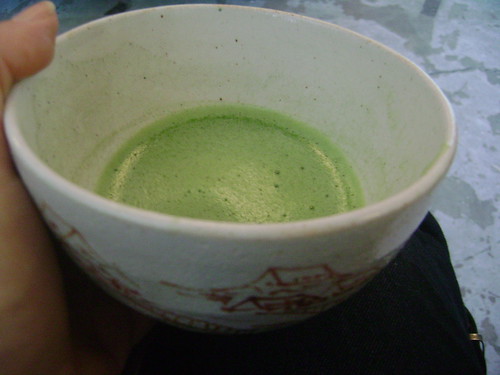 Tea
Tea is so unusually diverse - there are white, yellow, green, blue (AKA oolong), red and black teas - that it's hard to believe it comes from only one plant: Camellia sinensis. It is the process of curing - namely, oxidation, fermentation, roasting, and sometimes even smoking, that creates the unique effects of texture, aroma and nuanced flavours in tea. Some teas are even left to age for decades and up to a hundred years!
Tea leaves come in all sizes, shapes and forms, at times they are twisted to break the cells and release the enzymes that will start the oxidation process (as in oolong teas), other times they are rolled into little balls (dragon pearls or jasmine pearls), hand-tied to look like a flower that will open its "petals" once steeped in water, to reveal a colourful real flower in the heart, and many other ancient traditions involving teas. In perfume, we use tea notes rarely, because they are so subtle. The first "tea" perfume was
Bulgari's Au Parfumeé au Thé Vert (which utilized ionone in conjunction with hedione to create the effect of freshly steeped green tea) and the series continued to even include a "red tea" scent based on rooibos (not from the tea plant). But my favourite is, not surprisingly, the
Bulgari Black, which is based on Lapsang Suchong (pine-smoked tea), and even more so - l'Artisan Parfumeur's
Tea for Two, which is a more refined play on the same tea leaf. If you're a tea love, taste a sip of
Kinmokusei, our osmanthus-scented tea with hints of tobacco,
Gaucho (with the tannin South American Maté) or
The Purple Dress (black tea).

Few other ingredients stir the imagination as much as
tobacco. The raw leaves have a bitter taste and not a particularly pleasant smell either. After all, nicotine, the substance that gives tobacco most of its medicinal (and addictive) properties, is meant to protects it from insects. Although the raw leaves have medicinal uses, it is hardly the sophisticated aromatic that we have learned to recognize as tobacco. This is achieved via a careful drying process that takes several days to a week, and usually followed by an additional fermentation period of about 8 weeks. This will develop the characteristic tannin, full-bodied chocolate-vanilla undertones and hints of coumarin, violet and tea notes in tobacco products that some of us are so fond of (or hooked on). Additionally, tobacco leaves are treated with various perfume and flavour materials to enhance and accentuate this character. If you like your tobacco leaf clean and dry - try
Sabotage The tobacco in or
Rebellius is exotic and spicy-sweet, not unlike shisha, To experience pipe tobacco or Cuban cigar in all their glory, dab some
Espionage.
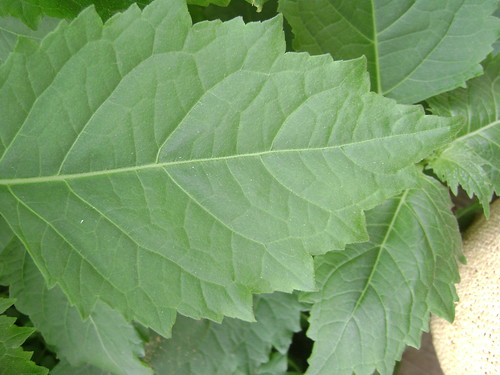 Patchouli leaves
Patchouli leaves, an odd member of the mint family, do not smell like much when they're green and fresh. The sun-dried leaves are ideally stacked and occasionally turned in a process of interrupted fermentation. This way they will yield 2.5-3 times more oil than the green leaves. This process helps to rupture the cell walls and release the oil. However, that is not sufficient to develop their charactesritic aroma of patchouli. Exceptional patchouli oils undergo an additional step of aging, in which all the off notes (grassy, oily, tar-like) dissipate and make room for rounded, warm precious-wood aroma that you'll find in fine quality patchoulis - which can take another 1-4 years. Patchouli really does get better with age, and when this desired effect is achieve - the scent will remind one of both dark red wine, oak barrels and the cellar where it is kept. Patchouli is earthy, woody, musky, a tad funky, spicy and dark-chocolate-like. Examples of this can be found in
Patchouli Magique and
Patchouli Antique;
Film Noir,
Razala, and
Palas Atena (Ayala Moriel).
Ambergris is a rare secretion that occurs in about 1% of sperm whales to heal their stomach from the scratches of the cuttlefish they swallow. This sticky mass floats on the ocean, and by exposure to the sun and the salty water it changes its originally foul smell into one of the most delicate and sought after fragrances: Ambergris. Ambergris is sweet, soft and slightly powdery. We use ambergris only occasionally – when we can find ethically harvested ambergris that was beach harvested. It is than tinctured and used as a base note in oriental and floral compositions. Best scents to experience this though are LesNez' mystical
l'Antimatiere by Isabelle Doyen; and my own
Orcas,
Etrog and
Razala.
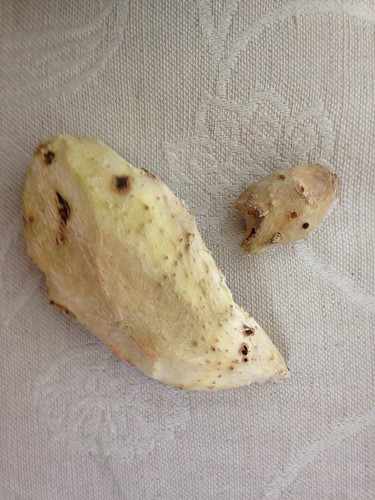 Orris Root
Orris Root: Orris root essential oil (AKA Orris Butter) is one of the most precious perfume materials. The roots need to be peeled and aged for three years before extraction or distillation. During this time, the glucosides in the rhizome gradually metabolize into irone - the violet-like molecule that gives orris root its desired violet-blossom aroma. It is invaluable in perfumery for its delicate powdery delicate aroma and ability to fix lighter scents. Orris is a welcome addition to any perfume whenever a delicate softness is required. Orris butter is both powdery, milky and smooth - reminiscent of a baby’s head and soft skin. Experience the highest quality of orris, with 15% irone (the unique orris molecule) in
Sahleb parfum. For a lighter, paper-thin iris, try
Hiris, and for a more sophisticated, abstract, modern yet old-fashioned you must experience
Après l'Ondée!
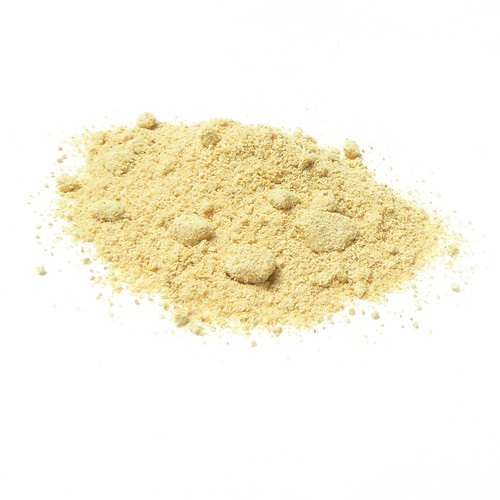 Coumarin
Coumarin has may sources, and in all of them, it is not felt all that much in the original product but only appears after a process of drying or curing takes place. Tonka is soaked in rum and then dried, to coax the coumarin crystals out of the "beans". Liatrix (deer's tongue) smells like nothing when it's fresh, and like hay - needs to be dried and even slightly fermented to bring out the coumarin potential locked within them, which smells like "new mown hay". Classic coumarin examples are
Yerbamate,
Biche Dans l'Absinthe. and
Brut. To experience natural coumarin try
l'Herbe Rouge, Sabotage or
White Potion.
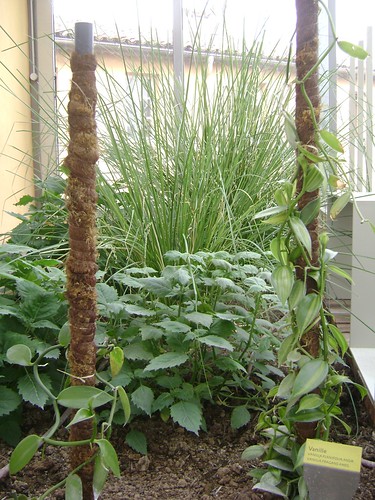 Vanilla Beans
Vanilla Beans are left to cure in the sun so that they turn from green to black and develop their vanillin content. But vanillin is only one component that makes vanilla so special. In reality, this is one of the most compelling and complex natural aroma, inimitable by any manmade compounds. Some 100 molecules were identified in vanilla (
Vanilla planifolia), in addition to vanillin (4-hydroxy-3-methoxybenzaldehyde), including: Guaicol, creosol, acetovanillone, vanillyl alcohol and methyl salicylate and vitispiranes.
Tahitian vanilla (
Vanilla tahitensis) has a much lower content of vanillin, and has a scent reminiscent of heliotropin - but contrary to some literature, this is not a compound that naturally occurs in it. Rather, it's the anisyl compounds that are responsible for its soft, floral, almond-like, sweet heliotrope-like nuances, including anisyl alcohol, anisaldehyde, dianisyl ether and anisyl ethyl ether. (
Bo Jensen). To experience true vanilla absolute in perfume, try
Shalimar (the extrait has handcrafted vanilla tincture),
My Vanilla (Anna Zworykina),
Vanille Galante (Hermessences),
Espionage and
Immortelle l'Amour (the latter has 5 types of vanilla, including absolute, CO2 and handmade tinctures by yours truly).


